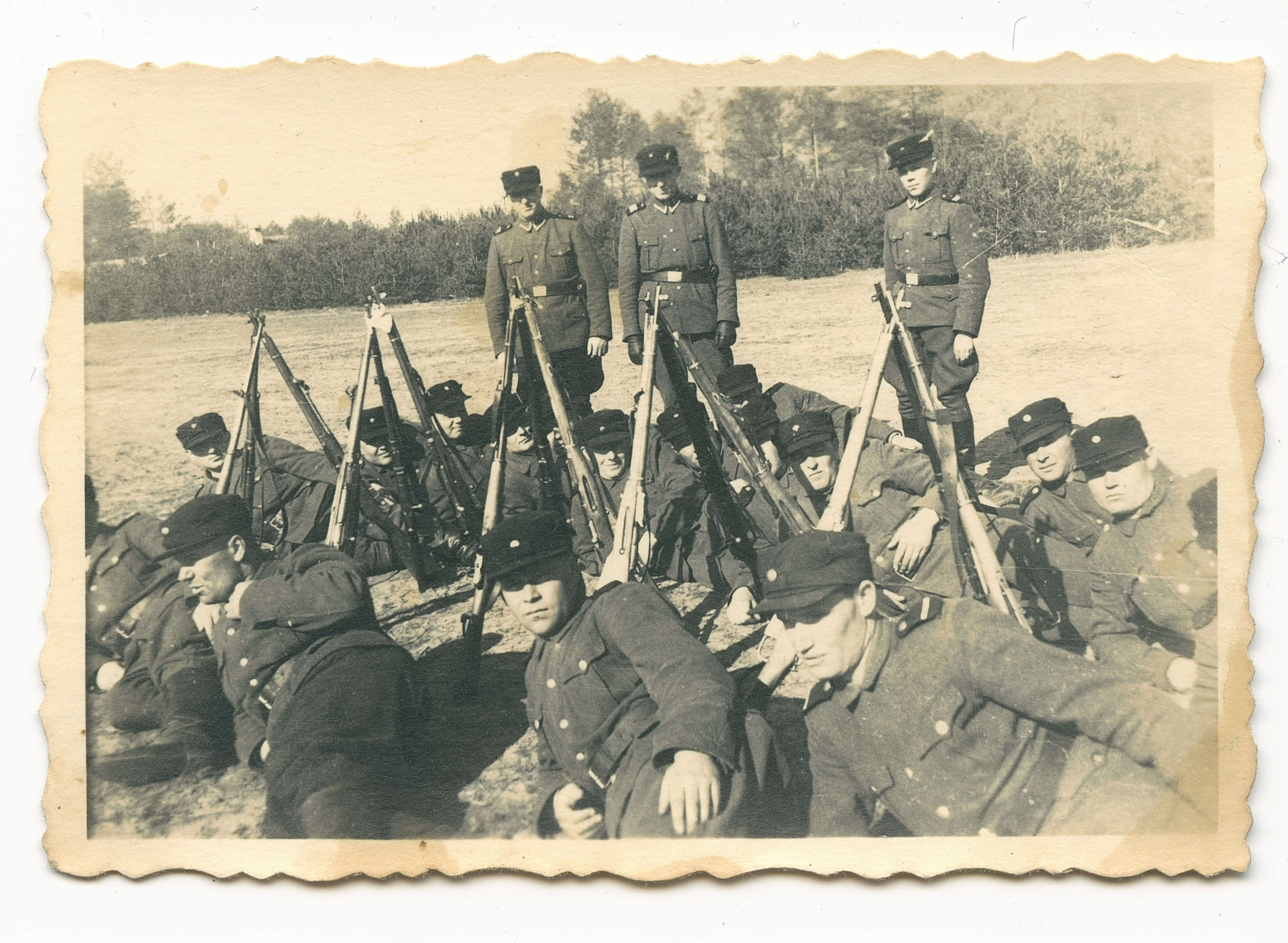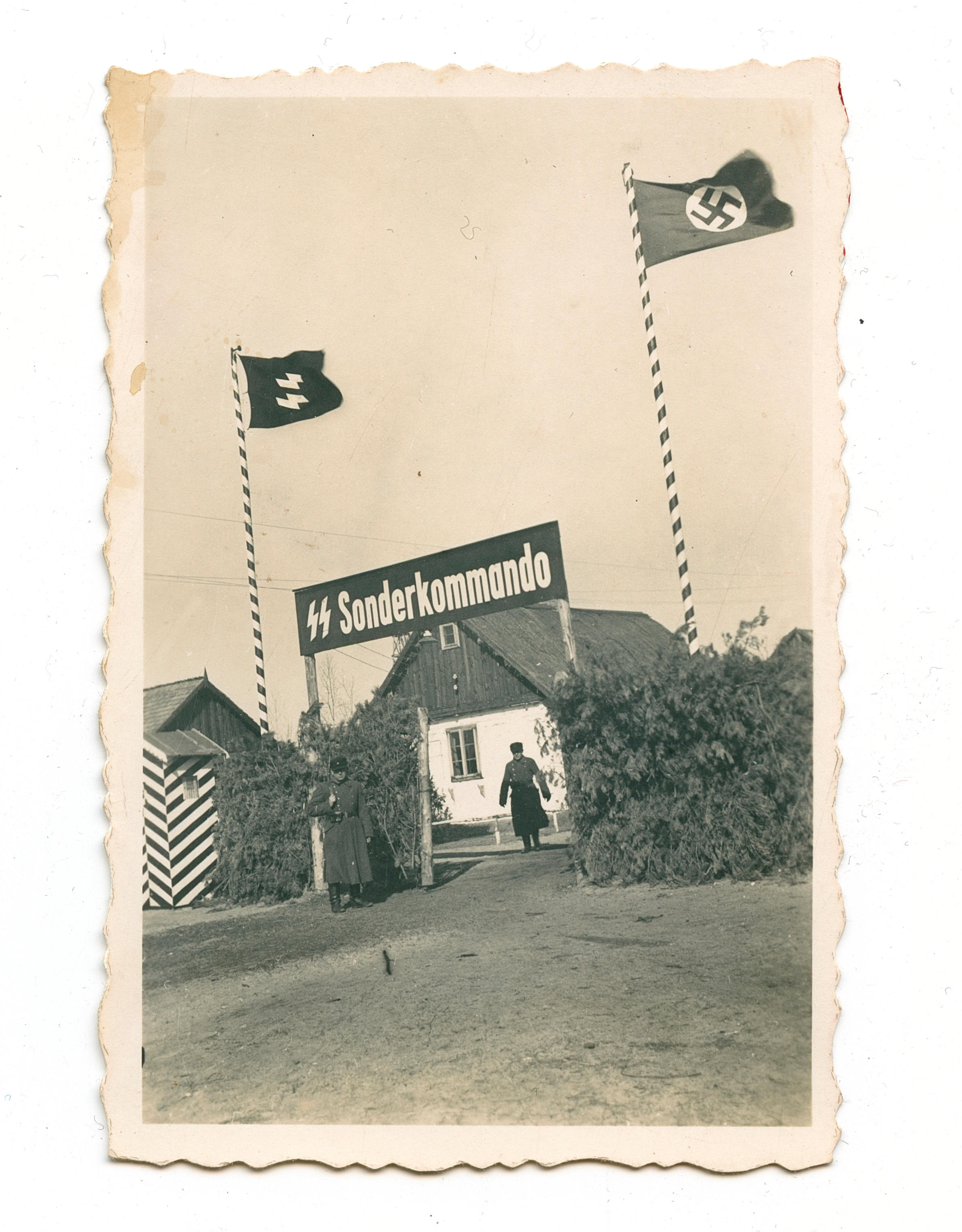Chris D'Angelo,HuffPost•January 29, 2020

Dozens of scientists have endorsed Sen. Bernie Sanders’ (I-Vt.) sweeping plan to combat global climate change after fellow Democratic presidential candidate Joe Biden declared that “not a single solitary scientist thinks it can work.”
The former vice president derided Sanders’ proposed $16.3 trillion Green New Deal during a campaign stop last week in New Hampshire, adding that “you can not get to zero emissions by 2030. It’s impossible.”
Sanders swung back over the weekend, telling a crowd in Iowa that he would soon unveil “a long list of scientists” who back his plan. The Sanders campaign delivered on Tuesday, releasing a letter of support signed by 57 science professors and researchers from around the country.
“The Green New Deal you are proposing is not only possible, but it must be done if we want to save the planet for ourselves, our children, grandchildren, and future generations,” the letter signed by the scientists said. “Not only does your Green New Deal follow the [Intergovernmental Panel on Climate Change’s] timeline for action, but the solutions you are proposing to solve our climate crisis are realistic, necessary, and backed by science. We must protect the air we breathe, the water we drink, and the planet we call home.”
The Sunrise Movement, the youth-led grassroots group that’s campaigned for a Green New Deal and endorsed Sanders for president earlier this month, is helping lead the signature campaign.
NEW: More than 55 scientists sign letter supporting @BernieSanders' climate plan #GreenNewDeal pic.twitter.com/xfRvjei7st
— People for Bernie (@People4Bernie) January 28, 2020
Sanders’ plan is ambitious and popular among climate activists. It calls for slashing U.S. greenhouse gas emissions 71% below 2017 levels by 2030 and zeroing them out altogether by 2050; bans on fracking, oil and gas drilling on federal lands and fossil fuel subsidies; and promises to create 20 million jobs. It proposes spending $16.3 trillion over the next decade, including $1.52 trillion on renewable energy and $852 billion on energy storage.
Biden’s climate plan calls for spending $1.7 trillion over a decade, creating 10 million new jobs and reaching net-zero emissions no later than 2050.
The Sunrise Movement gave Sanders’ Green New Deal a score of 91.5% ― the highest among the top Democratic candidates. Sen. Elizabeth Warren (D-Mass.) and Biden scored 85.5% and 37.5%, respectively. Greenpeace gives Sanders’ plan an A+, Warren’s an A and Biden’s a B+.
Several signatories of Tuesday’s letter also voiced support for Sanders’ push for climate action on Twitter.
“I believe that radical decarbonization is possible *if* supported by a deep commitment to and centering of people,” wrote Emily Grubert, a professor of environmental engineering at the Georgia Institute of Technology. “It’s going to be hard — so hard. But we must try.”
“I’m a climate scientist and I’m freaking out about what’s happening to our planet right now,” wrote Peter Kalmus, a climate scientist at NASA’s Jet Propulsion Lab. “Is Bernie’s climate plan ambitious? Yes. Is it expensive? Yes. But the alternative is losing... well, everything. From where I sit, the thing that’s not feasible is doing nothing.”

















